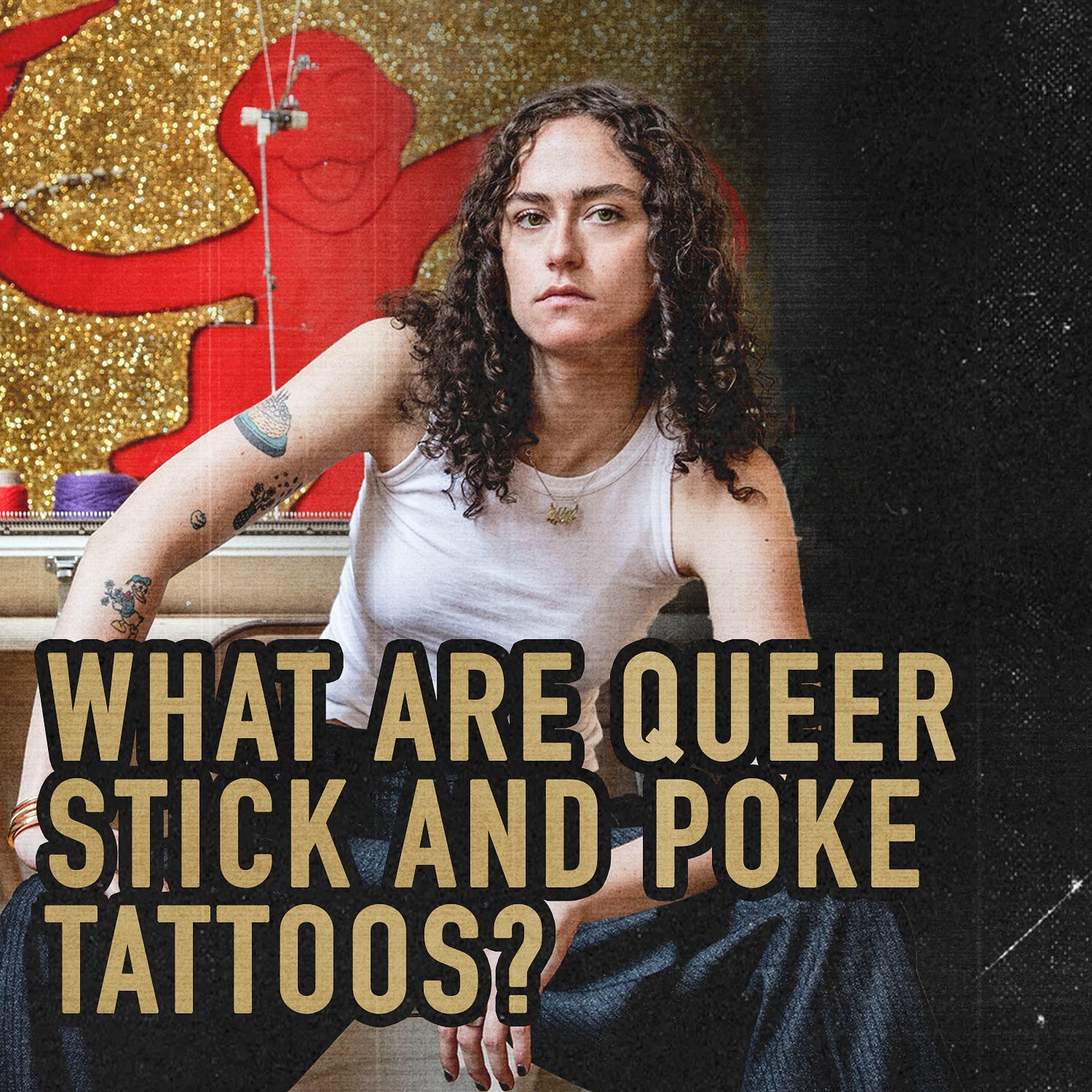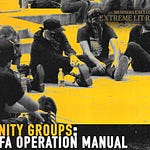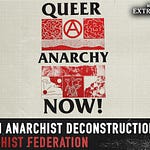Disclaimer
'The Extreme Lit-Review' is a professional journalistic endeavour that engages with various documents for critical analysis and educational purposes. The views expressed in these documents are not those of the host or the show; they are presented for academic scrutiny to foster an understanding of diverse ideologies. This analysis is conducted under the principles of fair dealing for criticism, review, or reporting, with all content properly acknowledged. The materials discussed may include controversial, offensive, or harmful ideologies, but the intent is always to critique, contextualize, and challenge these views, not to endorse or promote them. Listeners are encouraged to approach this material critically, recognizing that the aim is to educate and inform, not to propagate the ideas presented. If any content is found distressing or appears to promote harmful stereotypes or discrimination, we respectfully suggest you prefer not to continue listening to those particular discussions. This show does not aim to incite hatred or discrimination but rather to analyze and discuss the implications and origins of various ideologies in society from a professional journalistic perspective.
Have you ever looked at the tattoos adorning members of the Queer Community and wondered about the stories they tell? To the uninitiated, these ink markings might appear as impulsive decisions, perhaps regretted in the light of day. However, this couldn't be further from the truth. Each tattoo within the Queer Anarchist community carries profound significance, embodying narratives of identity, rebellion, and belonging that are deeply worthy of exploration.
Tattoos are inherently storytelling mechanisms, with each image or word inked into the skin representing a personal aspect of one's identity. This is especially true for Queer Anarchist tattoos, which arguably delve even deeper into the realms of personal expression. Being Queer often means to invert, pervert, and subvert societal norms, and this philosophy extends to how they engage with their tattoos.
The process begins with an ancient technique known as 'stick and poke.' Here, every dot is carefully, and often painfully, poked into the skin by hand, one at a time. This method is chosen for several reasons: it connects back to the primal roots of tattooing, predating the machine age. It's a direct defiance against the commodification of art and the body, opting for traditional practices over the modern industrial ones.
For many in the Queer Anarchist circles, these tattoos aren't just about the art on the skin but about the community they stitch together. These tattoos are often crafted in intimate, informal gatherings — perhaps in a friend's living room after a rally or at a DIY art event. The process is seen as just as crucial as the final tattoo, fostering deep connections through shared experiences of creation and endurance. Imperfections are not just accepted; they're celebrated as integral to the charm and authenticity of the art.
In this community's perspective, the act of getting a stick-and-poke tattoo is a slow, meditative dance against the frantic pace of modern life. It's a moment of shared history and evolving narrative, embodying what they call 'queer joy' and a sense of belonging that transcends what society deems 'normal' or 'acceptable.'
However, this method isn't without its detractors. Critics from more traditional tattoo circles view it as amateurish or even risky. Yet, for Queer Anarchists, such criticism is a badge of honour, reinforcing their resistance to mainstream standards. They embrace "bad art" as a direct challenge to the norms dictating what art should be, who can create it, and how it should be perceived. The visible imperfections, like uneven lines or noticeable dot patterns, are seen as a rejection of the increasing "artification" of tattoos, where technical skill is king. Instead, there's a celebration of the process, the messiness, and the amateur spirit over mastery.
These tattoos symbolize more than just aesthetic choices; they embody the intersection of queer identity with anarchist philosophy. They reject hierarchical structures, calling for liberation from gender, sexuality, and authority norms. Designs often include reclaimed slurs, symbols of DIY ethos, or iconography that merges queer and anarchist themes, each telling a story of autonomy, anti-capitalism, and radical self-expression.
In essence, Queer Anarchist Tattoos are not merely about ink on skin but are a profound statement of identity, resistance, and community. They challenge the norms of art, the process of tattooing, and who gets to define cultural value, offering space for queer joy, creativity, and belonging outside the confines of societal norms.
Rooted in punk and DIY culture, these tattoos have evolved as mediums for expressing identity, critiquing societal structures, and fostering community. They are a testament to a group of people who continue to carve out spaces where art, identity, and activism intersect in the most personal and defiant ways.
We hope you enjoyed that free preview. The Extreme Lit-Review is exclusively funded by our readers. If you would like to listen to the full episode and support our work, then please subscribe below.
We hope you find value in the Extreme Lit-Review and believe in our mission. We are exclusively funded by you, the reader. If you believe more people need to hear this information, then you can gift a subscription today.














Share this post